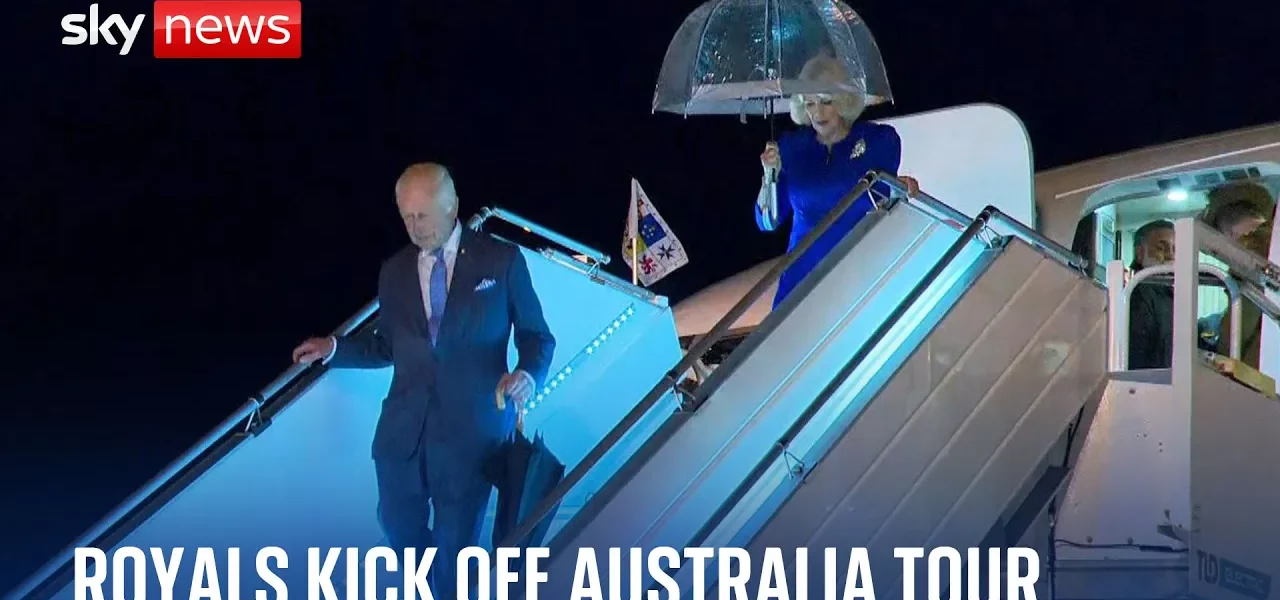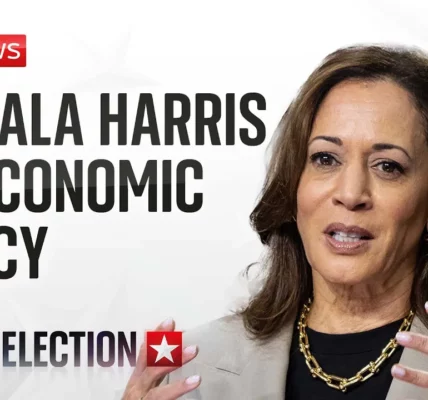The Royal Visit of King and Queen to Sydney: Australia’s Perspective on Monarchy

As the King and Queen touch down in Sydney, we delve into Australia’s complex relationship with the monarchy, exploring public sentiment, historical context, and the ongoing debate regarding republicanism.
Introduction
The arrival of the King and Queen in Sydney marks a significant moment in the ongoing narrative of the British monarchy’s relationship with Australia. With the King having visited Australia 16 times as the Prince of Wales, this visit brings with it a blend of nostalgia and contemporary scrutiny. Australians have long debated their ties to the crown, with sentiments ranging from admiration to calls for republicanism. In this article, we will explore the various perspectives of Australians regarding the monarchy, the historical context of their relationship with the crown, and the implications of a potential shift towards republicanism.
Public Sentiment Towards the Monarchy
Public opinion on the monarchy in Australia is varied and complex. While some Australians express love for the Royal Family, others see it as an outdated institution. The following sections break down these differing views:
Positive Sentiments
- Connection to Heritage: Many Australians have a personal connection to the monarchy, often citing familial ties and traditions that celebrate royal milestones.
- Stability: Supporters appreciate the monarchy as a stabilizing force in a rapidly changing world.
- Soft Power: The royal family is seen as a symbol of grace and continuity, which some feel adds to Australia’s cultural identity.
Critical Perspectives
- Outdated Institution: Critics argue that the monarchy is an archaic system that does not reflect modern Australian values.
- Classism and Imperialism: Some Australians perceive the monarchy as a remnant of colonial rule that perpetuates class divisions.
- Desire for Local Representation: The question arises: why should a foreign monarch be the head of state when Australians are capable of governing themselves?
The Historical Context of Monarchy in Australia
Australia’s relationship with the British monarchy has evolved over the years. Notably, the 1999 referendum on becoming a republic was a pivotal moment in this ongoing debate. Let’s examine this history:
The 1999 Referendum
The referendum aimed to decide whether Australia should become a republic with an Australian head of state. Despite a significant push, the majority voted to maintain the monarchy. Key points include:
- Voter Sentiment: Many Australians felt a connection to the British crown, valuing the historical ties between the two nations.
- Concerns Over Change: Fear of the unknown and the complexities of transitioning to a republic deterred many voters.
- Political Consensus: A lack of political consensus on what a republic would look like contributed to the defeat of the proposal.
Current Political Landscape and Republicanism
In the current political climate, the debate over republicanism has not lost its relevance, though it may seem quieter than before. The following factors influence this ongoing discussion:
Leadership Perspectives
The Prime Minister’s stance as a committed Republican indicates a desire for change, yet political priorities often dictate the pace of such discussions. Consider the following:
- Political Priorities: The Prime Minister has noted that republicanism is not a current political priority, reflecting the broader sentiment of stability.
- Public Interest: Polls may show support for a republic, yet the majority of Australians appear content with their current system.
- Potential Controversy: Many believe that a significant controversy would be required to reignite the fervor for change.
Public Reception of the Royal Visit
The royal visit has sparked conversations across Australia, highlighting the mixed feelings about the monarchy among political leaders and the public. Notably:
- Reception at CRA: While the King was warmly welcomed, the absence of political leaders from various states raised eyebrows.
- Royal Snub: The lack of attendance from political figures at the royal reception has been interpreted by some as a “royal snub,” reflecting tensions in the relationship with the monarchy.
Conclusion
The royal visit of the King and Queen to Sydney serves as a poignant reminder of Australia’s complex relationship with the monarchy. While many Australians express admiration and see value in the royal family, there is a significant faction advocating for a republican future. The interplay between public sentiment, historical context, and current political dynamics suggests that while the monarchy remains a part of Australian identity, the debate over republicanism is far from over. As discussions continue, it will be essential for Australians to reflect on their values and aspirations for leadership in the future. For more insights on this topic and related discussions, check out our article on Australia’s Path to Republicanism.
“`




